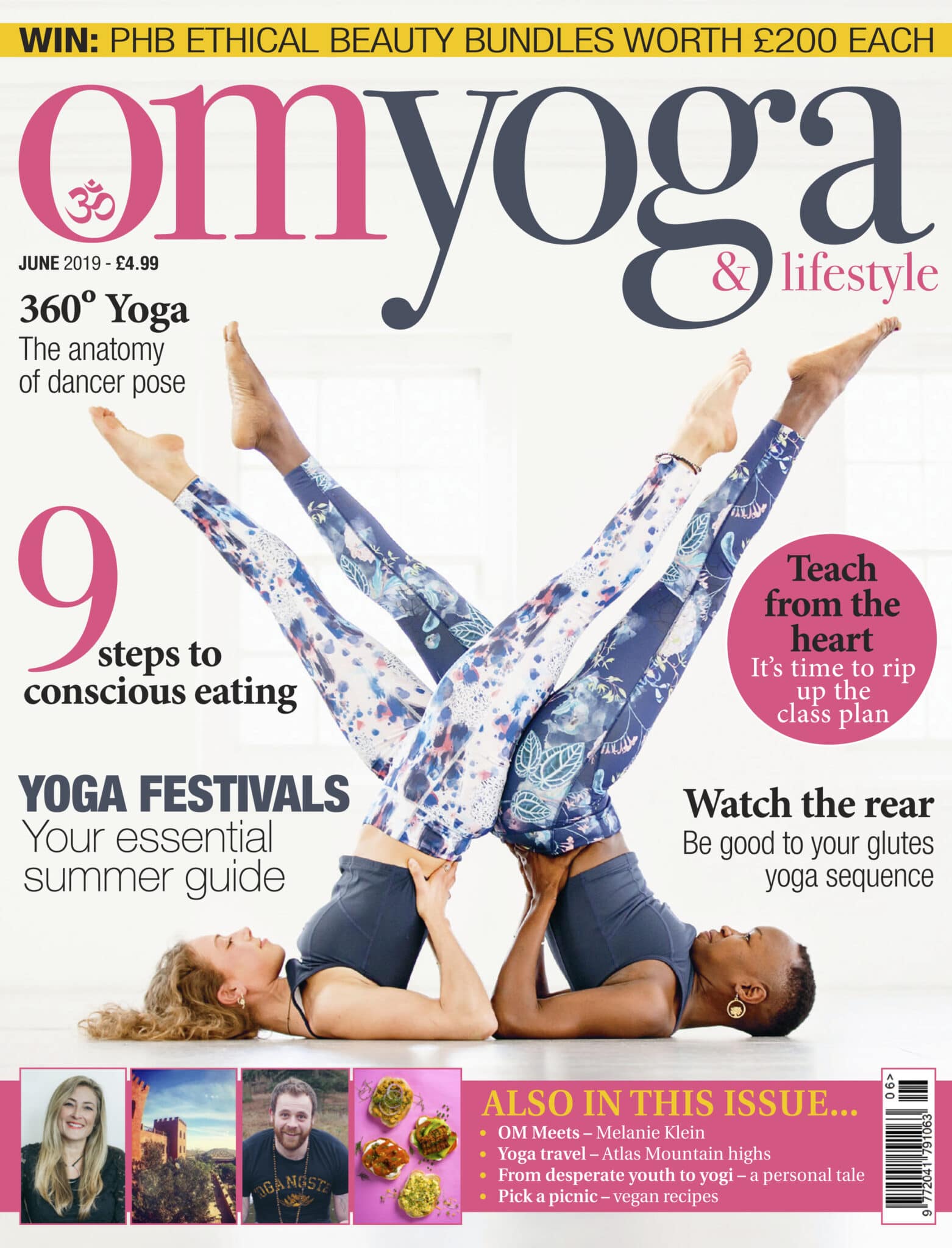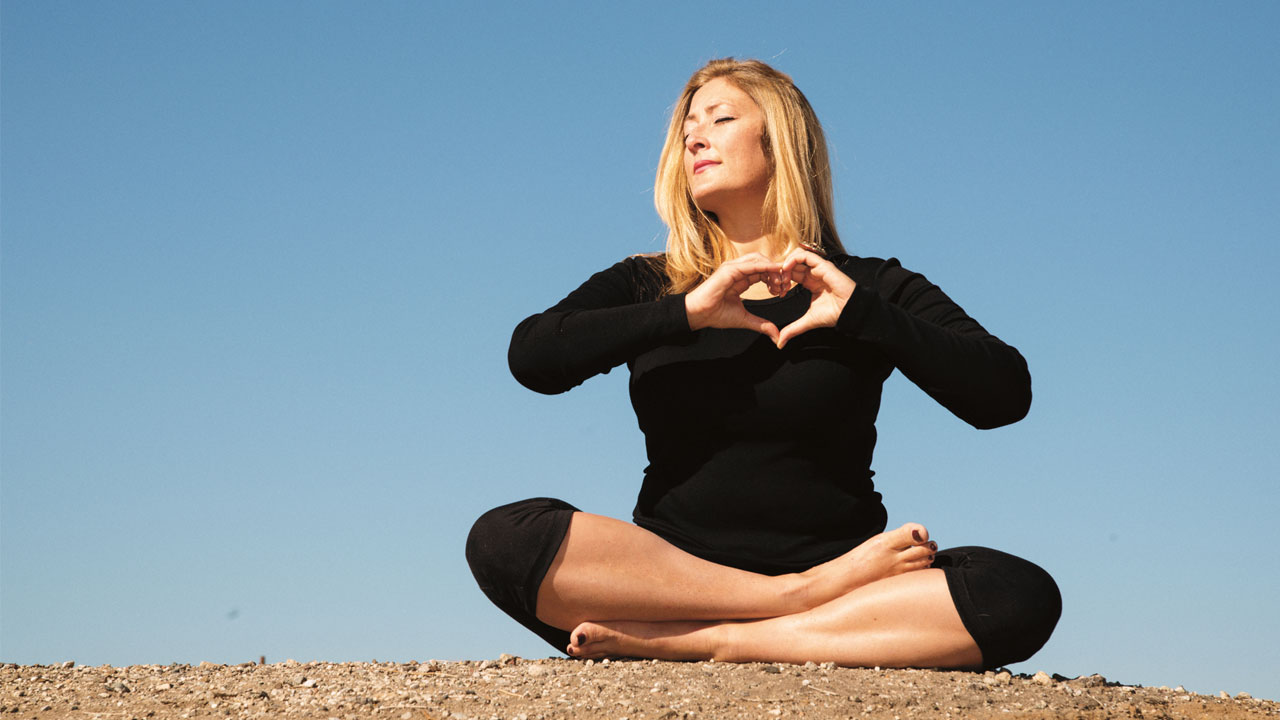
OM meets...
Melanie Klein
OM chats to yogi, writer and inclusivity activist Melanie Klein. Interview by David Holzer
I’m sure all of us have at least one friend or family member we wish would start practicing yoga. I do. So, what’s stopping them?
The person I’m thinking of, who is wildly out of shape, assumes that any yoga studio he goes into is going to be filled with ultra-bendy yogis who never break a sweat. Even if this may well be true, my friend is really basing his assumption on an image of yoga perpetuated by the media.
For those of us who have an established practice we’re secure with, the constant flow of images of idealised yoga bodies – not to mention meaningless platitudes about the universe or whatever – is just noise we tune out. We know why we practice. But for people looking into the yoga bubble who feel they wouldn’t be welcome because they don’t possess the stereotypical yoga body, the effects are far more profound. For a start, they’re missing out on an important opportunity to improve their health.
Perhaps because of my concern for my friend and others like him, I’ve started to take the issue more seriously. Someone who has been speaking out about yoga and body image since the early 2000s is writer, empowerment coach, thought leader and writer Melanie Klein.
Klein is a writer, speaker and professor of sociology and women’s studies who focuses on the areas of body confidence, authentic empowerment and visibility. She trained as a yoga teacher at White Lotus, Santa Barbara, California and did her Thai Yoga training with Saul David Ray. In 2014, she co-edited Yoga and Body Image: 25 Personal Stories About Beauty, Bravery + Loving your Body (Llewellyn, 2014) with Curvy Yoga founder Anna Guest-Jelley and, in 2018, Yoga Rising: 30 Empowering Stories from Yoga Renegades for Every Body (Llewellyn, 2018). Essential reading.
I would also recommend you read Klein’s contribution to the excellent 21st Century Yoga: Culture, Politics and Practice (Horton & Harvey, 2012). In 2014, Klein co-founded the visionary Yoga and Body Image Coalition (YBIC). The mission of the YBIC is to ‘work with all of the ways yoga and body image intersect to create greater access and dignity for all’. Its core values include believing ‘in the transformative power of yoga for a more socially just world, both individually and collectively ’and that ‘yoga should be accessible to all cultures, sizes, ages, genders and abilities’. I recently spoke to Klein about her work and life in yoga via Skype. She was at her home in Santa Monica. I began by asking her to tell me her yoga story.
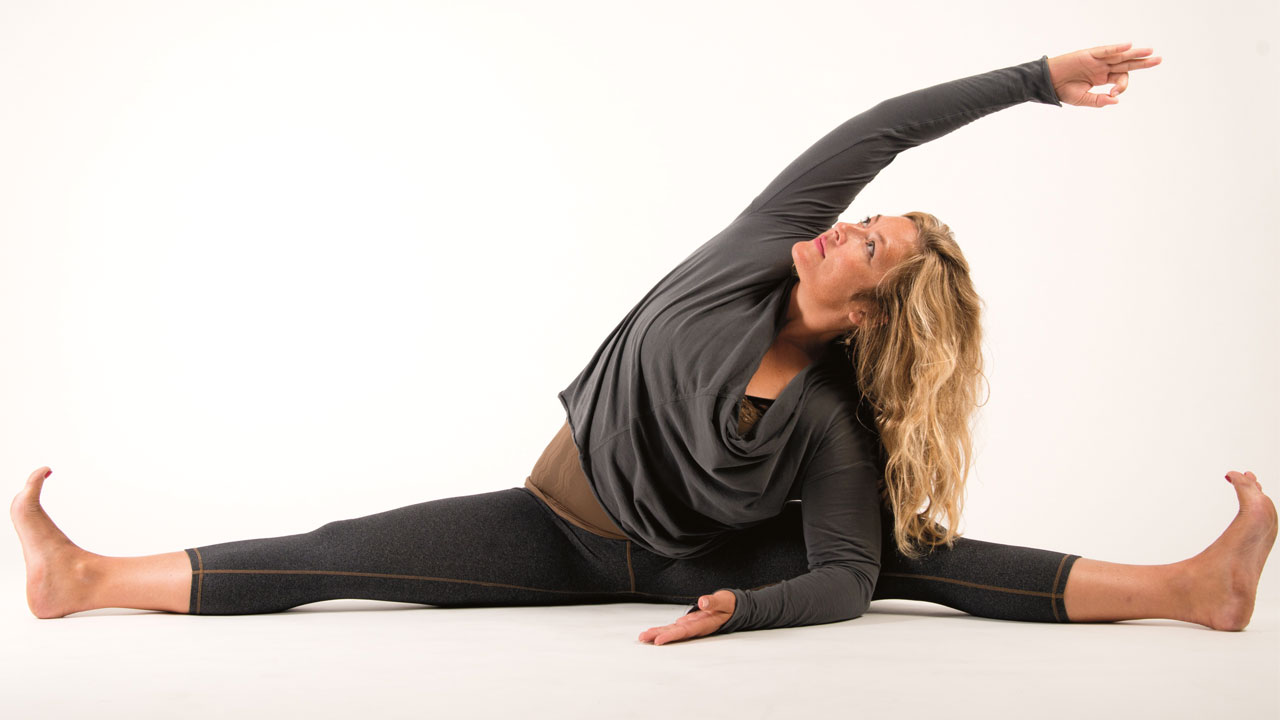
Feminism freed my mind, yoga freed my body
“I started with kundalini yoga in 1996,” Klein told me. “Back then, yoga wasn’t what it is now. There weren’t yoga studios on every corner and no yoga products to speak of. If yoga was still weird in 1996, kundalini was even weirder. Although I giggled my way through class because what we were doing was so unusual, something started happening to me immediately. I felt different and I liked it. After kundalini, I started looking around for a home studio and found Bryan Kest’s power yoga shala in Santa Monica. Bryan spoke about coming from a place of acceptance and forgiveness which resonated with me, in terms of my own body issues. What he said was very simple, practical and potent. I started practicing six days a week and carried on for many years.”
A couple of years before she started practicing, Klein had begun to immerse herself in feminism, sociology and media literacy. “Feminism freed my mind and yoga freed my body,” Klein said. “Feminism and media literacy studies allowed me to decolonise my own mind, liberate myself on an intellectual level and make sense of my world and experiences as a woman. The yoga space was a great place to apply these ideas, in terms of what it means to come into full acceptance.”
What does ‘full acceptance ’really mean? “It’s asking how we go about reprogramming ourselves, challenging the dominant classist, sexist, heterosexist, racist, ageist and sizeist assumptions. The mat was, for me, an amazing place to experiment. I was able to release myself from so much internal dialogue centred on self-deprecation that fuelled my sense of low self-worth. I learned how to get to know my real self at any given moment.”
I assume this is the self that exists apart from how we’ve been programmed by society and the media. I think I’ve experienced what Klein is talking about. But, in practice, how do we connect to our real self?
“It’s about simply coming into the present moment and observing it for what it is, without reacting. By not reacting, I didn’t solidify that moment into reality. In sociology, there’s something called the Thomas theorem that says if we define situations as real, they’re real in their consequences. I always feel that this is such a great example of what we do as human beings. We have certain thoughts and storylines that come into our minds and we make them concrete by acting on them in a particular way. By allowing these thoughts or storylines to pass through our minds without judgement we can observe them without falling prey to them. As a result, I could let go of a lot of my ideas about myself and the nature of reality. This allowed me to observe myself in a new way, without any sense of right or wrong. I’d never had an experience like that before.”
I can see how my friend who’s too intimidated to try yoga could benefit from what Klein is saying. If he simply experiences the practice moment by moment for himself, without judgement, the stories he tells himself about his fitness for yoga should melt away.
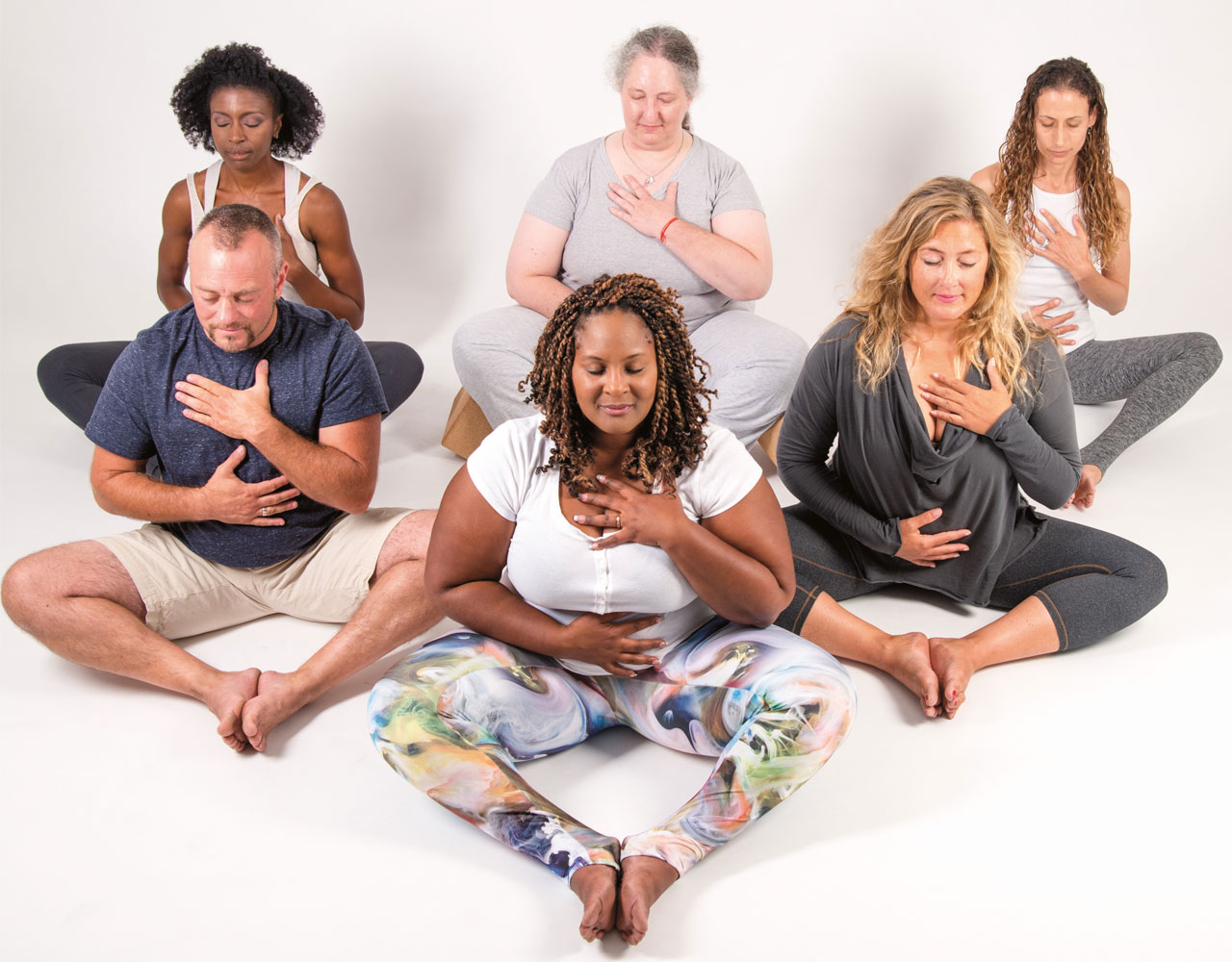
The birth of the Yoga and Body image coalition
It’s clear that the conversation around yoga, body image and inclusiveness has become more intense in the last year or so. Why did Klein think that was the case?
“I’d been writing about yoga since at least 2004. But I wrote my first piece for the Elephant Journal yoga and mindfulness blog about bringing an academic and activist perspective into the yoga space in 2010. My original intention with my writing had been to share my experience of yoga’s potential for transformation. As time went on, I realised I couldn’t write about that without addressing stereotypes and misconceptions. This secondary piece of the conversation became primary for me. I realised that, as the yoga industrial complex pumped out more images, a growing number of people would be put off the practice. Writing about the power of yoga became less important than writing about the fact that not everyone could access yoga. I wasn’t the only one thinking this way. When yogis began to use social media and blogs more, we became visible to each other. The movement grew and grew. At the same time, conversations in the larger culture about power, privilege and body positivity increased exponentially. In many ways, we who are talking about body image and inclusiveness in yoga are a microcosm of the macrocosm. I don’t know whether we influenced the outside culture or vice-versa.”
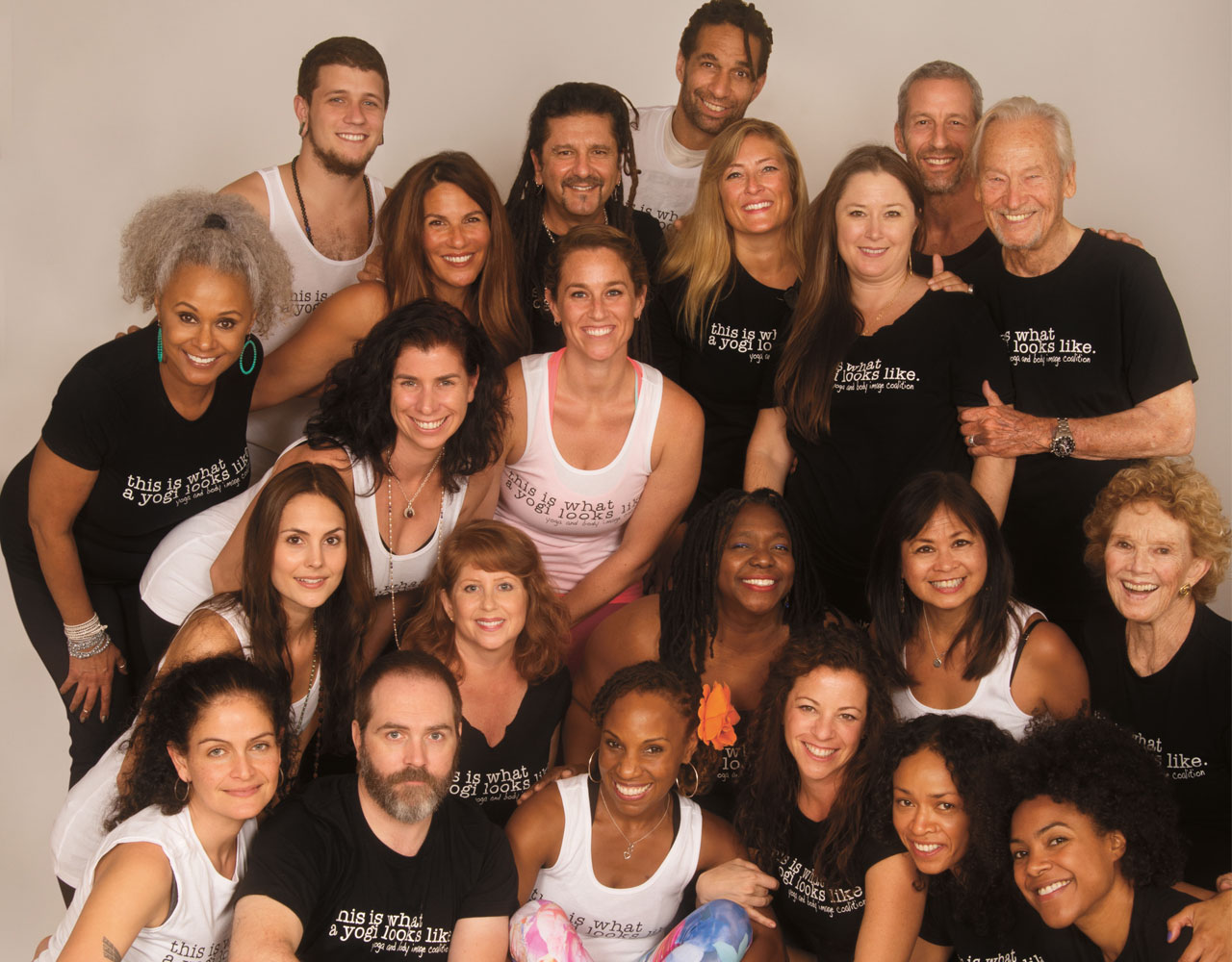
Was the YBIC born out of that movement? “Yes. In 2014, we recognised that having a larger coalition could aggregate voices to empower them even more. We could offer a platform for communities that aren’t necessarily going to be written about in mainstream yoga magazines. The YBIC was also specifically rooted in social justice work with deep roots in the grassroots movement that first sparked the conversation. We realised we could have a bigger presence and pose a greater challenge, be taken more seriously by yoga media creators.”
Do you think you’ve been successful? “I definitely attest to the fact that we all came together and produced content that helped inspire and connect people. The important thing is that voices are being heard. The conversation around inclusiveness in yoga is now one of the most dominant in the space.”
An interesting thing for me is the way someone like yoga teacher, body positivity activist and writer Jessamyn Stanley uses social media.
“Absolutely. It’s about not just challenging the images, storylines and stereotypes that are used by the yoga industrial complex but to create new ones as well. Our ‘This is What a Yogi Looks Like ’video, featuring everyday yogis, has been viewed and shared thousands of times on YouTube. It’s gone some way to disrupting the standard imagery used by the yoga industry.”
How does that make you feel? “It’s fascinating to see where we are now. Yoga is now helping individuals from every part of the human spectrum. People with larger bodies, visible and invisible disabilities or who have suffered trauma and so on are now experiencing the benefits of the practice. To me, that was always the goal. I wanted to be a part of sharing the feelings of liberation and transformation I discovered in yoga. So, all the people who felt deterred from the practice because of misconceptions about what it is could be included and fall in love with yoga in the same way we all did.”
om body.
And so, what’s next for Klein, I wondered? “I’m working on my book Embodied Resilience, which will be published in 2020. This is about how a yoga practice supports us through challenging situations like trauma, grief and loss.”
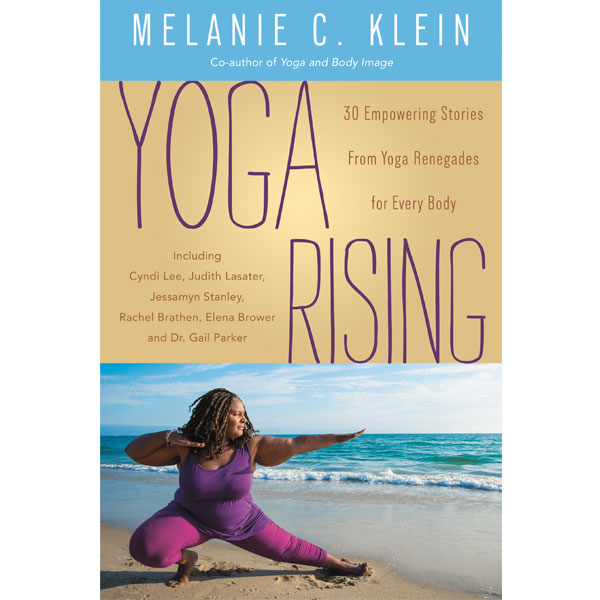
If you’d like to get involved with the admirable, necessary work done by the Yoga and Body Image Coalition, go to ybicoalition.com. As Klein says, “the platform exists for everyone who wants to use it. Our role is to support and amplify the message our community partners however we can.” I’m proud to be a YBIC community partner myself.
Find out more about David Holzer at: yogawriters.org


